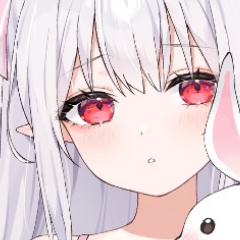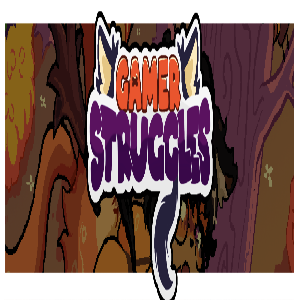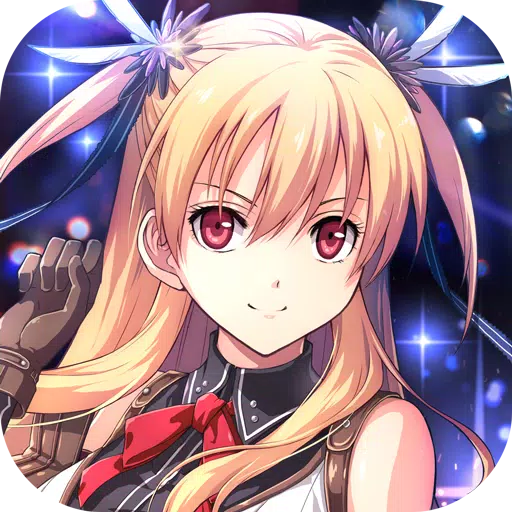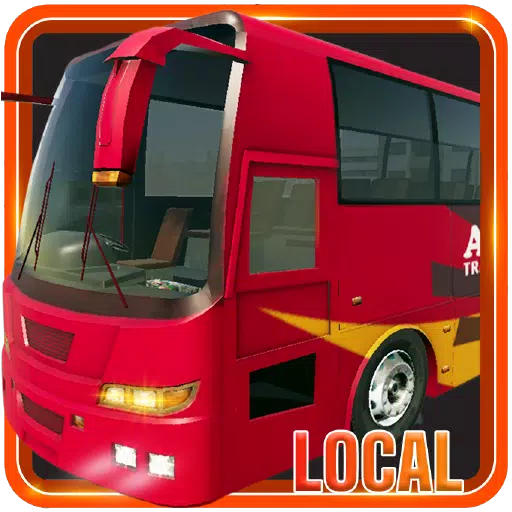Exploring the Fiery Depths of Monster Hunter Wilds' Oilwell Basin: A Deep Dive into New Monsters
Monster Hunter Wilds introduces the Oilwell Basin, a dynamic locale teeming with unique life forms adapted to a harsh, geothermal environment. Unlike the sunlit plains and forests of previous installments, this location presents a vertical landscape of shifting conditions, from muddy oil slicks at the surface to scorching lava flows below. This article delves into the design philosophy behind the Oilwell Basin and its inhabitants, as revealed by directors Yuya Tokuda and Kaname Fujioka.
The Oilwell Basin's design emphasizes verticality, contrasting with the horizontally expansive previous areas. Its three strata—upper, middle, and lower—offer distinct environmental challenges and creature adaptations. The upper layer features oil-slicked surfaces, while the lower depths are dominated by intense heat and volcanic activity. The ecosystem, inspired by deep-sea and underwater volcanic environments, thrives on geothermal energy rather than sunlight.
Rompopolo: The Toxic Trickster
Rompopolo, a globular, noxious monster, embodies the Oilwell Basin's treacherous nature. Its design, inspired by the image of a mad scientist, features a chemical purple hue and glowing red eyes. Its toxic gas attacks and unpredictable movements create a challenging encounter for hunters, though its crafted equipment is surprisingly charming.
Ajarakan: The Flaming Brawler
Ajarakan, a towering, flame-wreathed gorilla-like monster, provides a stark contrast to Rompopolo. Its design prioritizes straightforward power, emphasizing its strength through powerful punches and ground slams that erupt in flames. Its imposing silhouette and fiery attacks highlight its dominant position in the Oilwell Basin's ecosystem. The development team consciously avoided overly complex movements, opting for impactful, easily understood attacks.
Nu Udra: The Apex Predator
Nu Udra, a colossal, octopus-like creature, reigns supreme over the Oilwell Basin. Its design draws inspiration from octopuses, incorporating a striking silhouette and demonic horns. Its flammable oil secretions and flame-based attacks further solidify its status as an apex predator. The development team's long-held ambition to create a tentacled monster like Nu Udra is finally realized, showcasing the game's advanced technology and attention to detail. Its unique movements, including its ability to squeeze into small holes, present a significant challenge to hunters. The team also incorporated light-emitting sensory organs at the tips of its tentacles to indicate its targets, making it easier to anticipate its attacks. All of Nu Udra's ground-touching tentacles are severable, though only the non-rotten parts yield valuable materials.
Gravios' Return
The Oilwell Basin also marks the return of Gravios, a formidable monster last seen in Monster Hunter Generations Ultimate. Its hard, rocky carapace and hot gas emissions make it a fitting inhabitant of the fiery landscape. The team aimed to create a challenging encounter that requires hunters to utilize the game's wound system and part-breaking mechanics to overcome its formidable defenses.
Monster Selection and Future Prospects
The developers emphasize the careful consideration given to monster selection, ensuring that returning monsters like Gravios fit seamlessly into the game's environment and progression. While Basarios, Gravios' juvenile form, is absent from this installment, the Oilwell Basin still features a diverse array of other monsters, promising an exciting and challenging hunting experience.
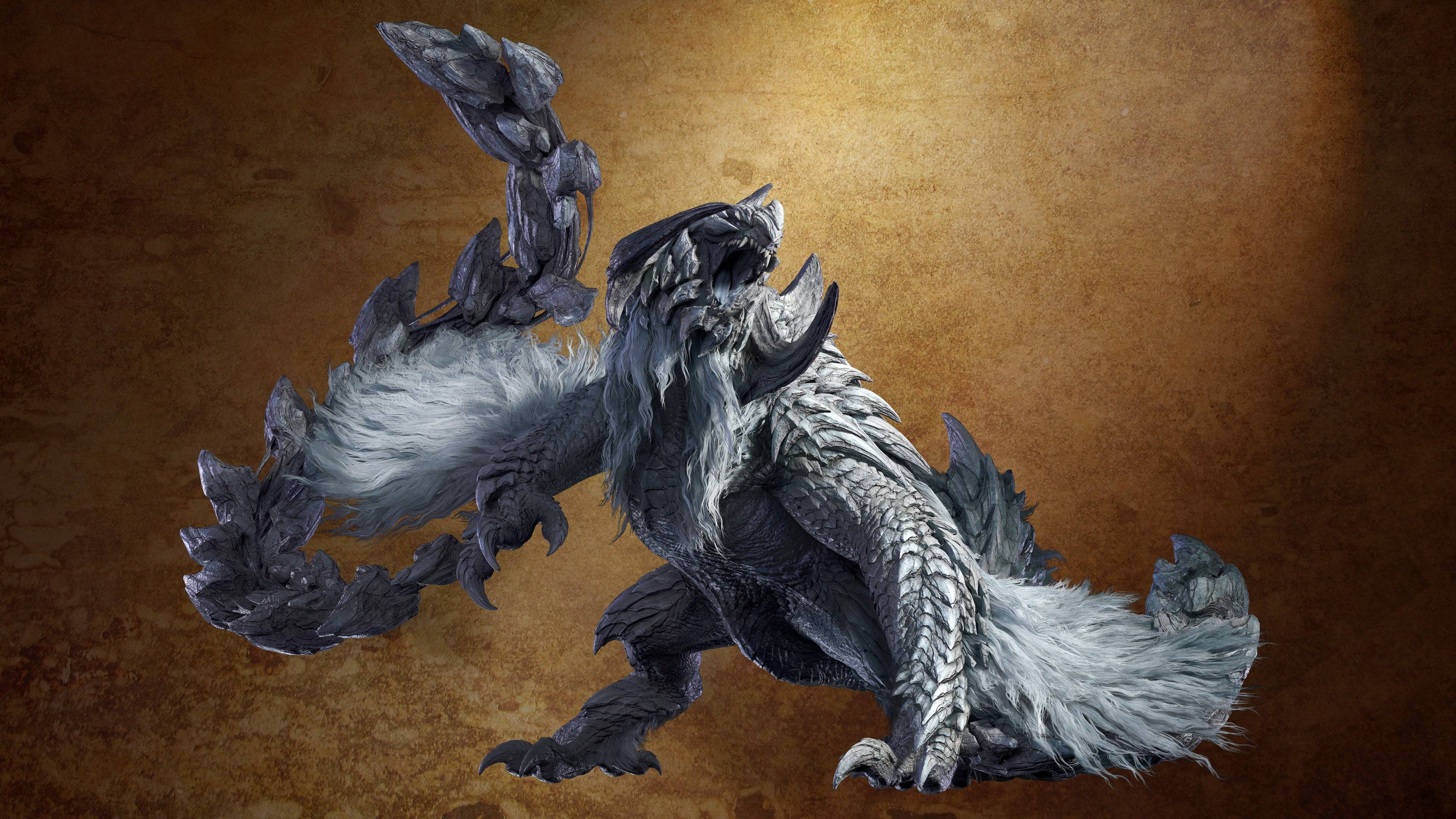
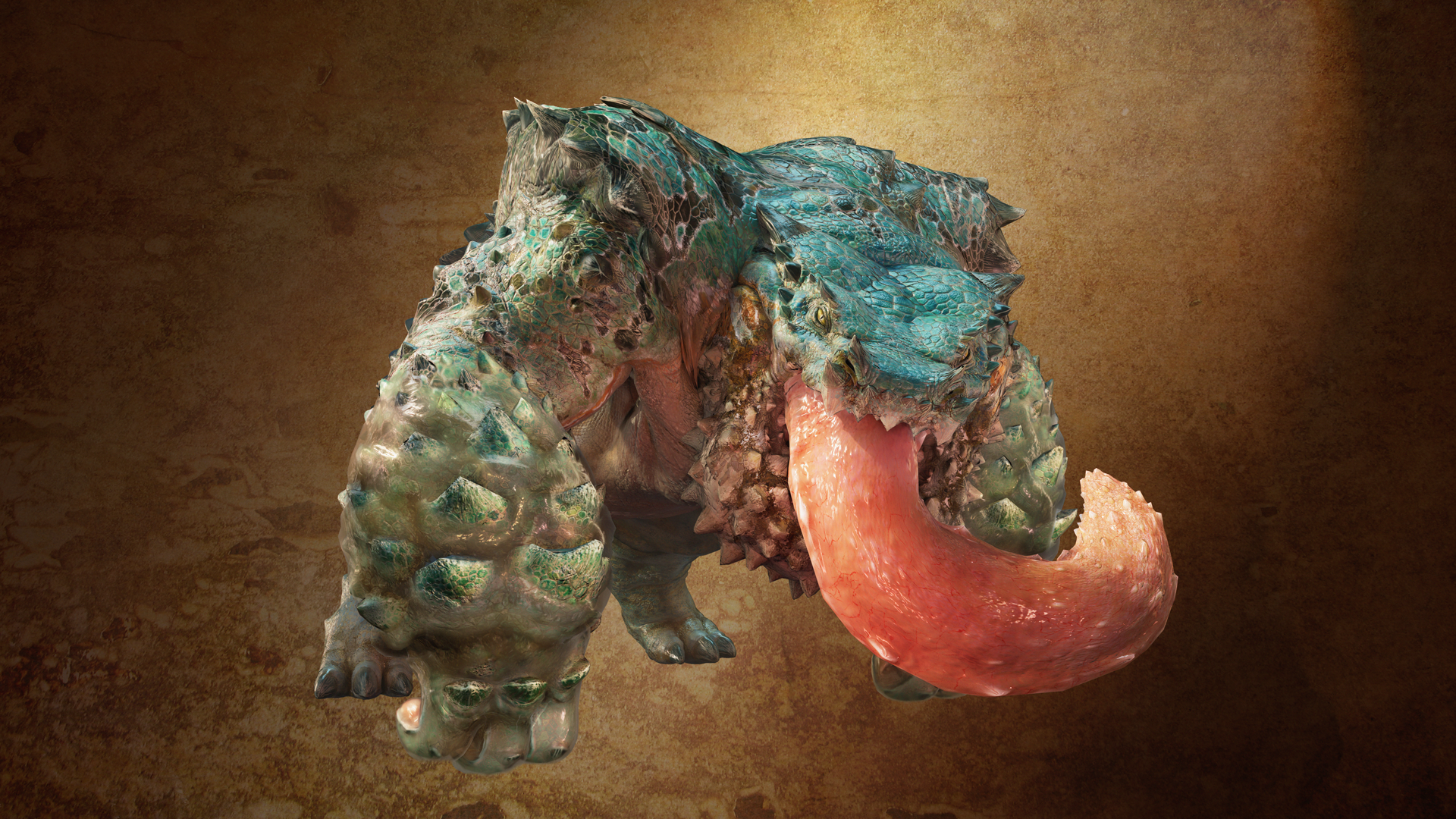
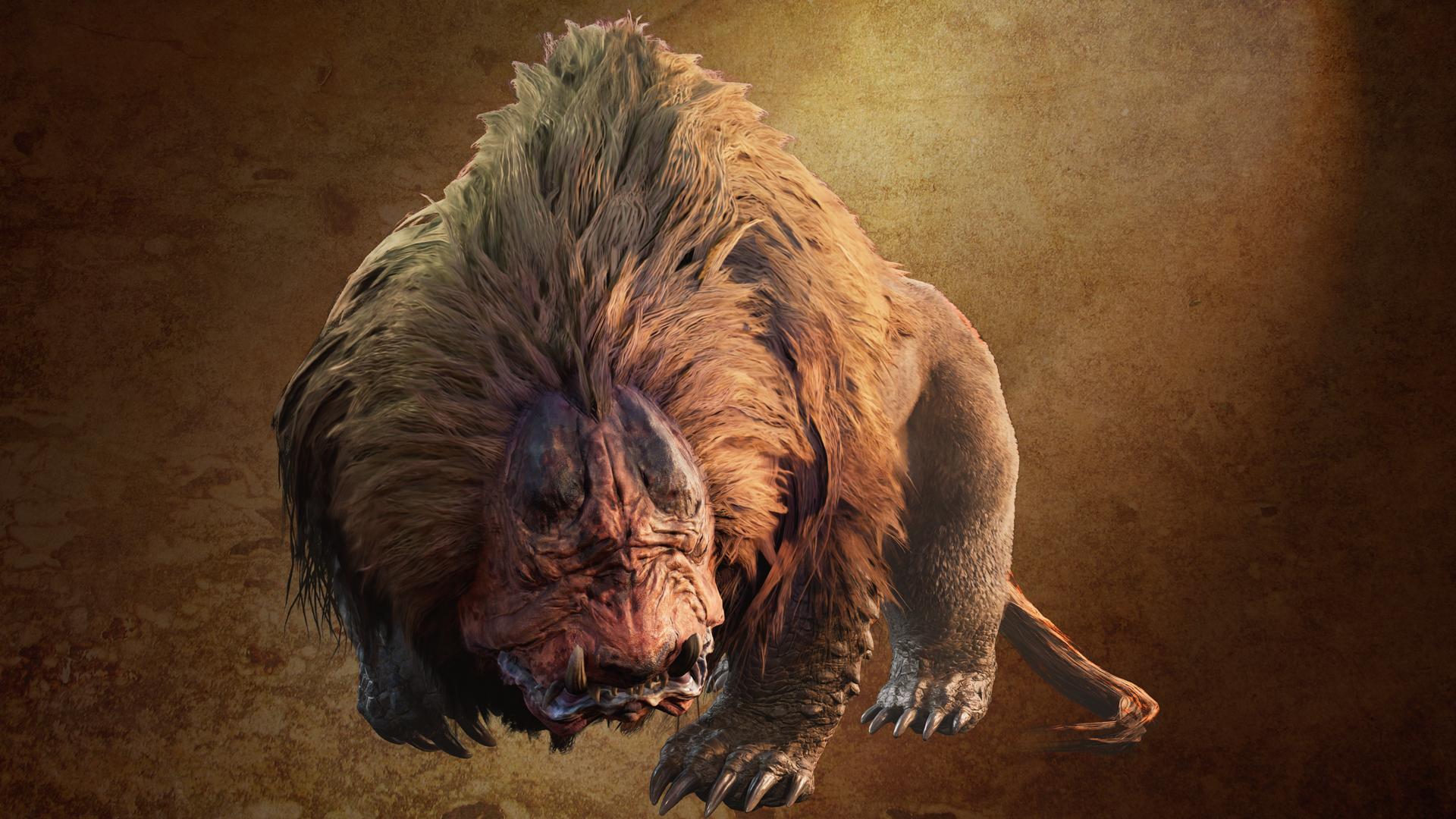
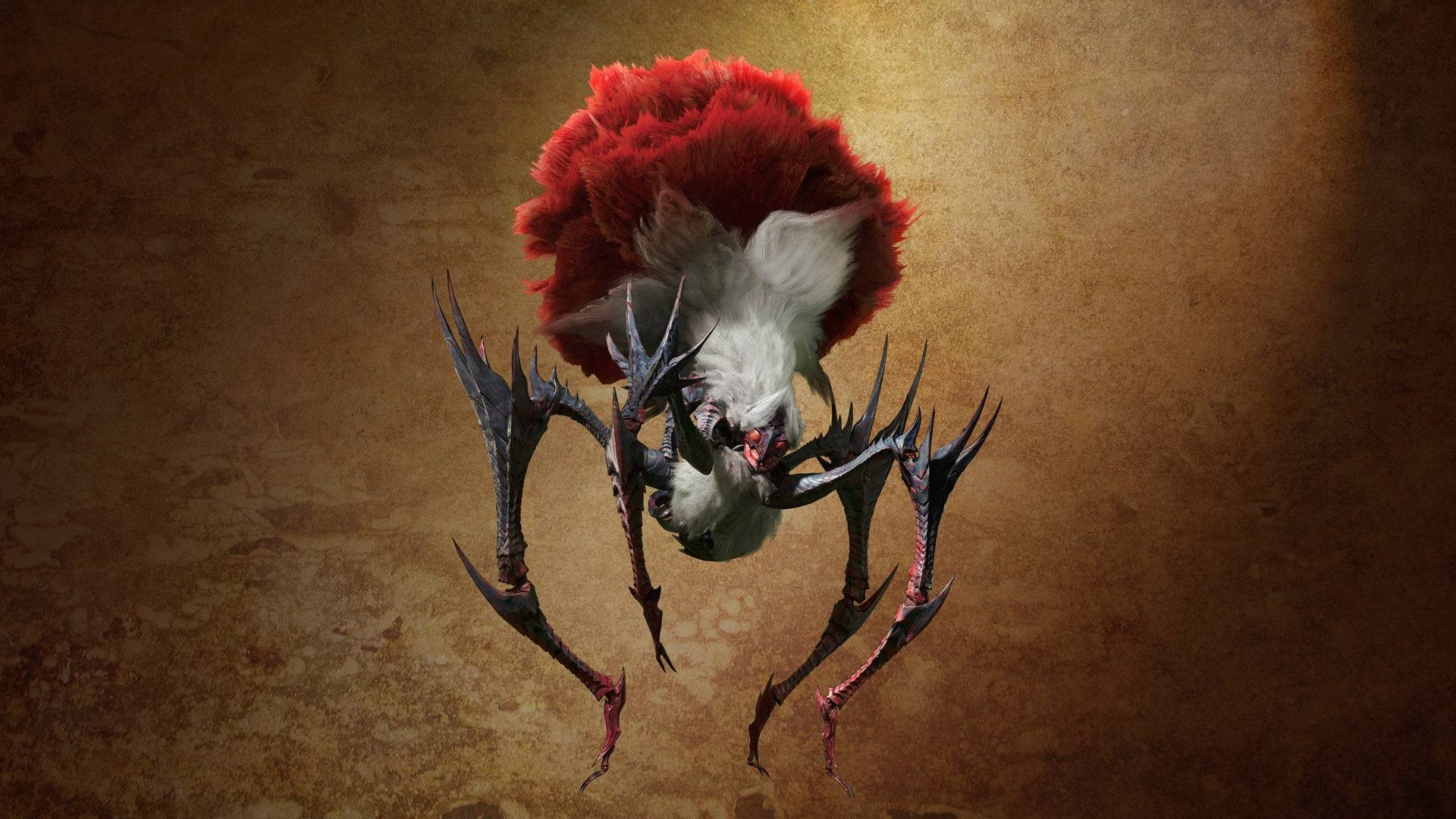
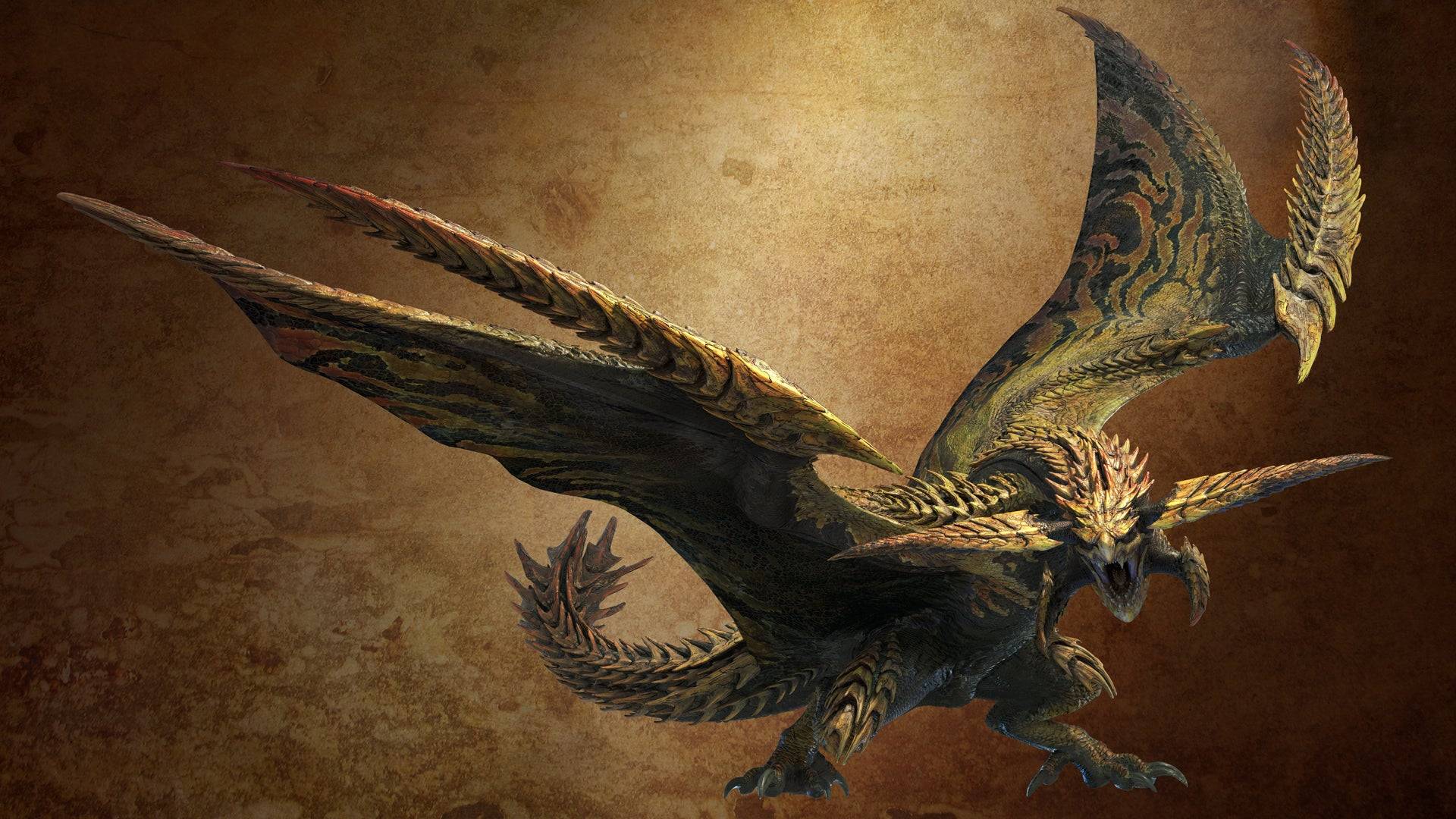
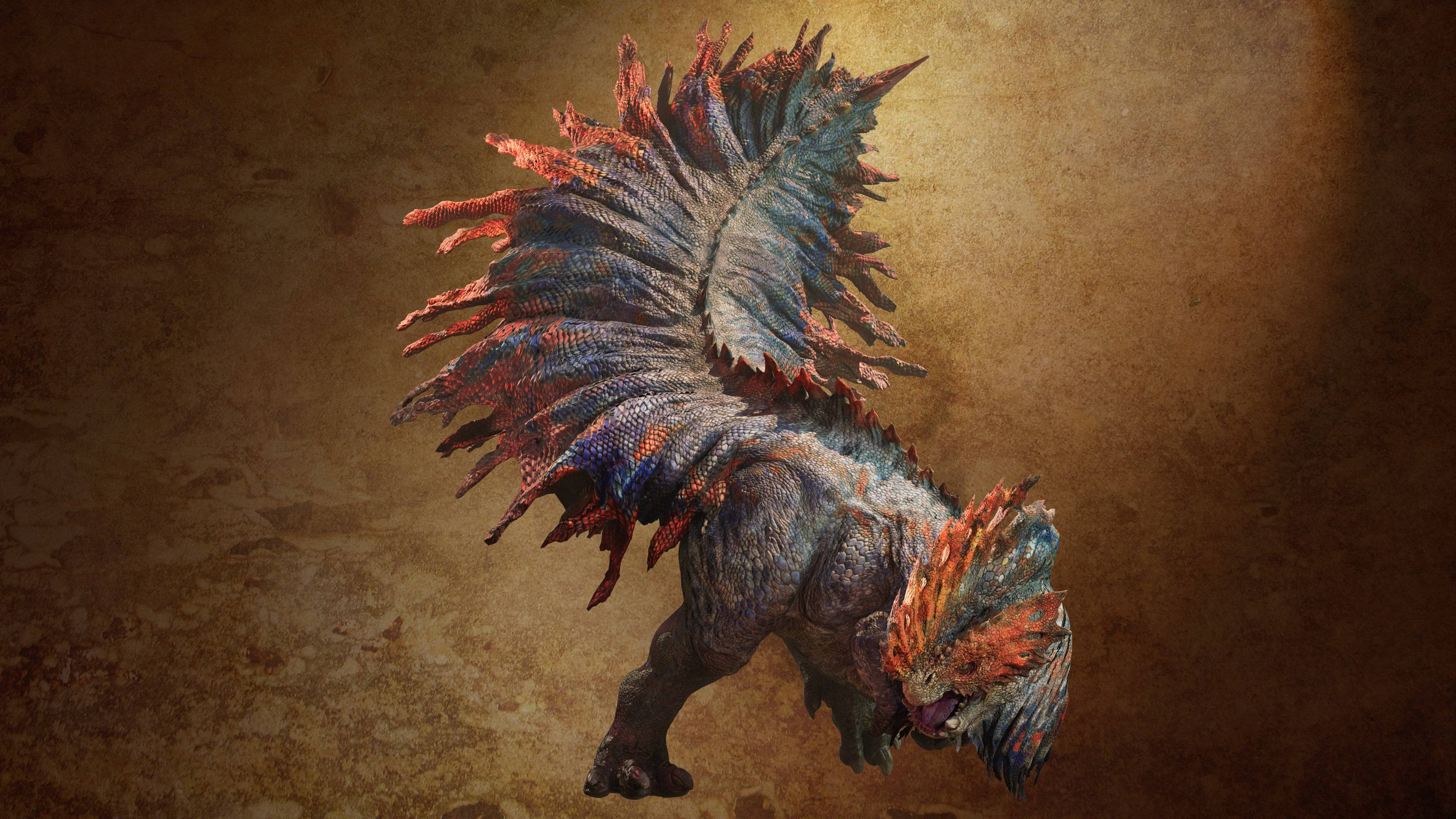
(Note: The image URLs are placeholders and need to be replaced with actual URLs.)

